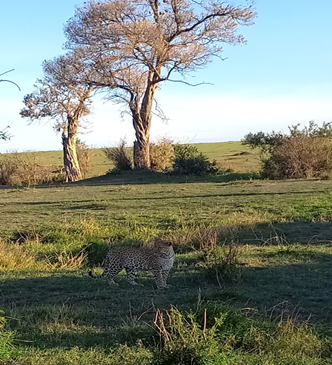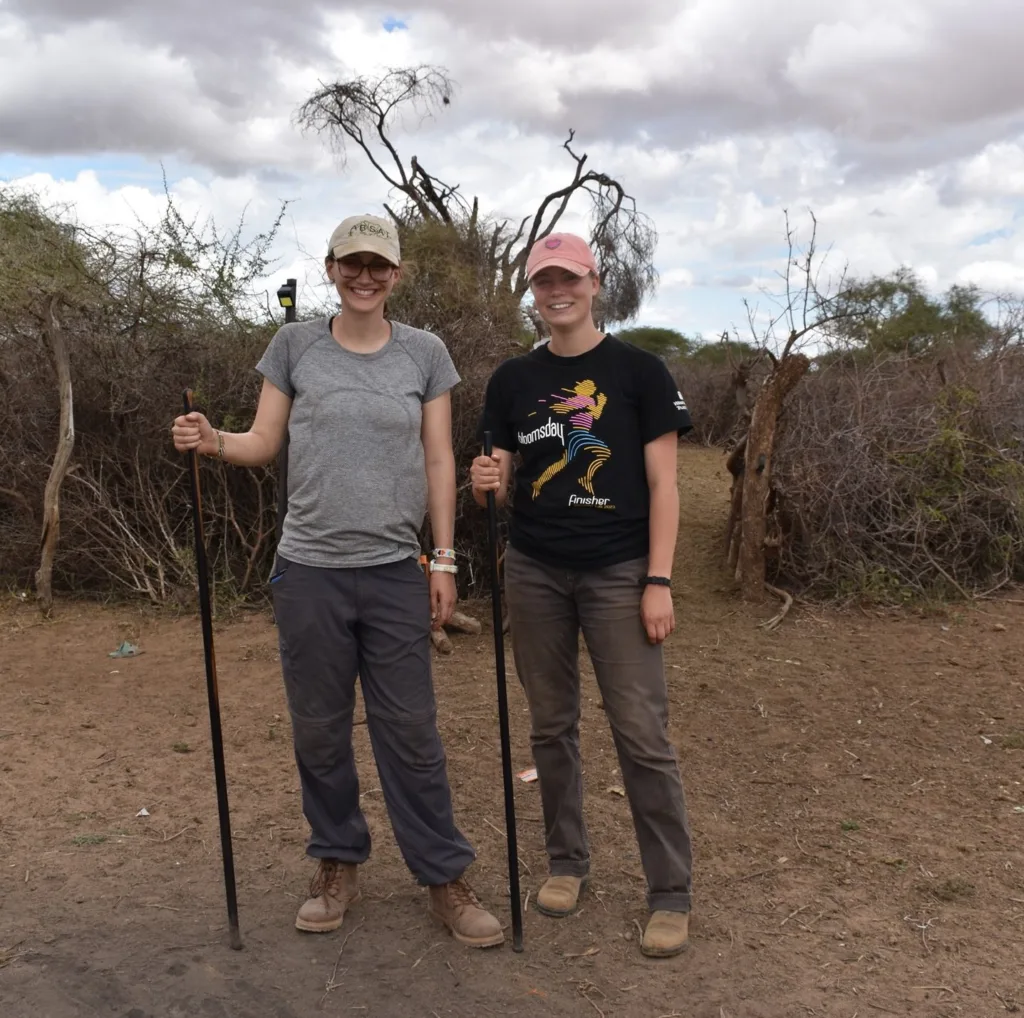Owlets, Landfills, Lacewings, and Oxen: Out and About in Siem Reap
We are back in Siem Reap after our travels in Vietnam’s Mekong Delta, and these last two weeks have been filled with field activities. Last week we rose early Tuesday morning and returned to the splendid temples of Angkor with Sanh Sophoan, the most skilled Cambodian bird guide of the Sam Veasna Center and their only female guide. Sophoan is one of the Southeast Asia’s best guides in the region, and almost as soon as we walked through the ancient gate of Ta Prohm temple, she heard the call of Asian barred owlets and found them perched in the treetops. With the use of an SVC scope and their own binoculars, all of the students were able to get good looks at these small and charismatic raptors, which were being chased from branch to branch by tiny but determined scarlet-backed flower-peckers, a nectar specialist.
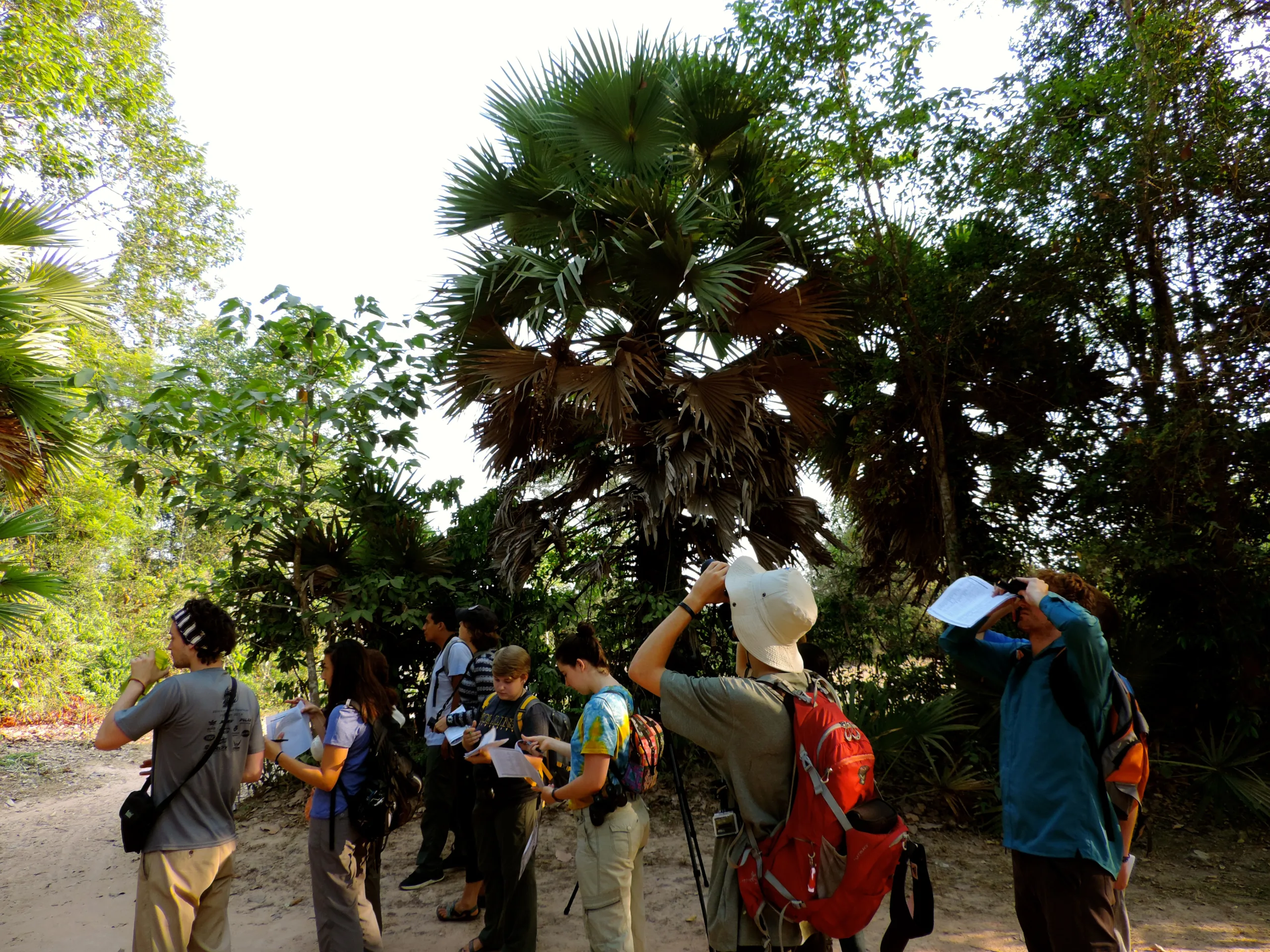
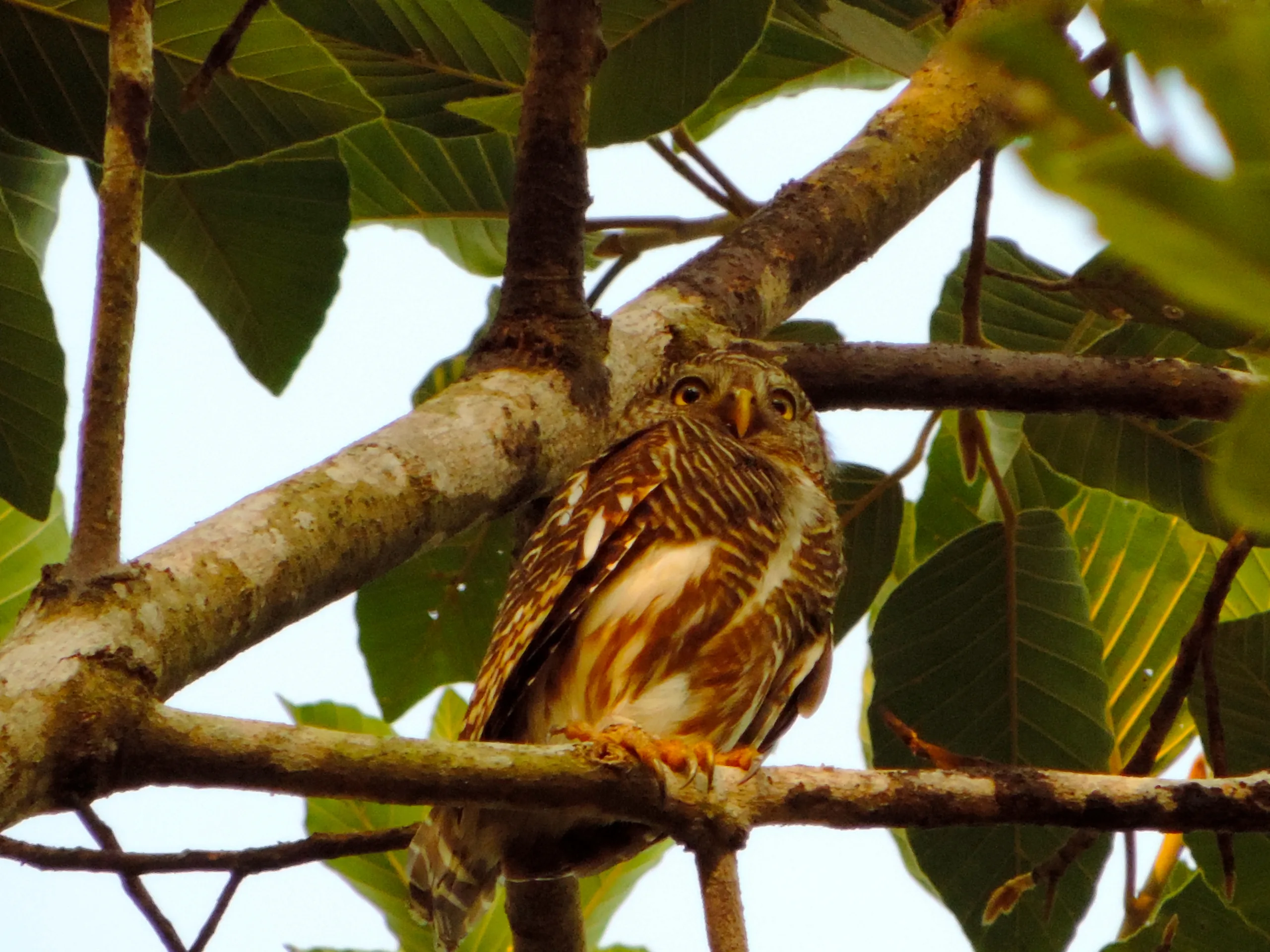
Asian barred owlet
Students jotted notes on habitats and behavior on a species list as we walked slowly through the temple grounds. The morning air was filled with the plaintive squealing of red-breasted and Alexandrine parakeets fluttering from tree to tree, both near threatened species in the region. It is an odd and fascinating experience to traverse through an ancient temple, always looking up and being attentive to the bird sounds that we so often ignore. Angkor Park holds some of the only remaining old growth forest in the Angkor Basin and is a haven for birds and small mammals. Our group drew the attention of the occasional curious tourist, some of whom even asked to have a look in our scope. Black-crested bulbuls sang their merry bubbling call, a pair of flashy greater racquet-tailed drongos flew back and forth across the path, a lineated barbet serenaded us and an Asian brown flycatcher turned its large beady black eyes upon us. Over twenty species later, we rode back to the city–hot, tired and pleased at our glimpse into the natural ecosystem of Angkor.
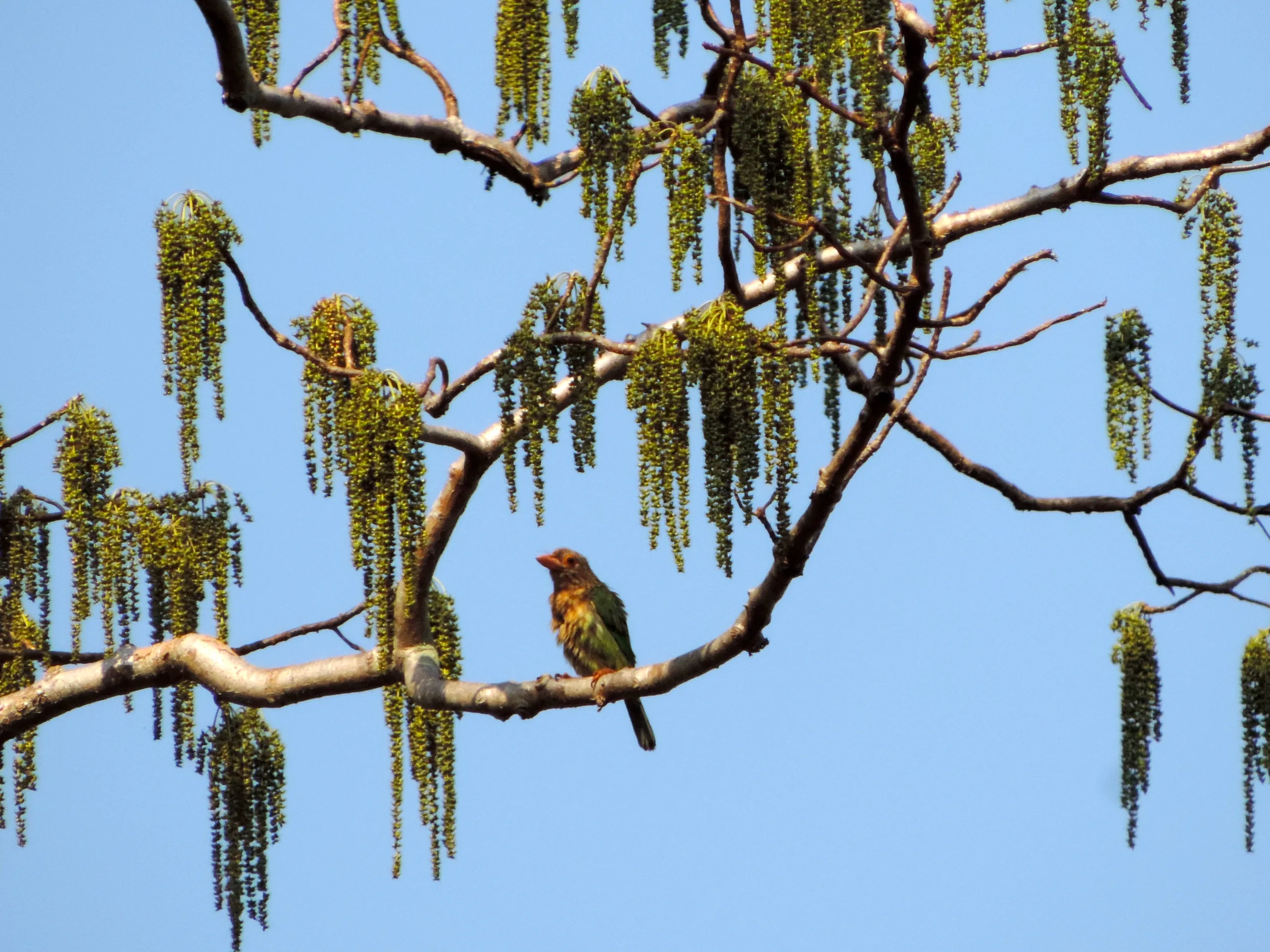
Lineated barbet
After lunch we were on the road again, this time heading south to the landfill of GAEA, the private company responsible for Siem Reap’s municipal solid waste. After an interview with a company representative about their mandate and the challenges they face, we drove out to the landfill itself for a firsthand exploration of the conditions of an open landfill. We viewed the landfill’s layout and the close proximity of nearby rice fields and conducted short informal interviews with local scavengers about the hazards of their scrap collection work.
On Thursday afternoon we drove north to visit the Banteay Srei Butterfly Center, a breeding and exhibition center for Cambodia’s endemic butterflies species. It is the hottest time of year in Cambodia, and the most numerous butterflies flying around us in the conservatory were common jays, leopard lacewings and lime butterflies, and lemon immigrants. The center manager showed the pupae cages and discussed the life cycle of the butterflies, and we returned home with wee boxes of eggs. Appropriate vegetation was planted in our Center’s garden last month and students are currently caring for the caterpillars. A few days ago the butterflies and moths began to hatch and are being released each day into our center’s garden, increasing the biodiversity of one small plot of land in central Siem Reap.
Finally, this morning we embarked upon our last field trip for our Ecosystems and Livelihoods course, a visit to a local farming village where rice and corn are the dominant crops. The deputy village chief kindly hosted us and was interviewed about community livelihoods and environmental challenges by our students. He then led us out into the currently empty rice fields to see his pair of white Brahmin bulls, used for plowing in the wet season. He also showed us his compost shed, his family’s palm sugar boiling vats, and his traditional wood and iron plow, and two of the students put on the yoke and pretended to be oxen, to the chief’s great amusement.
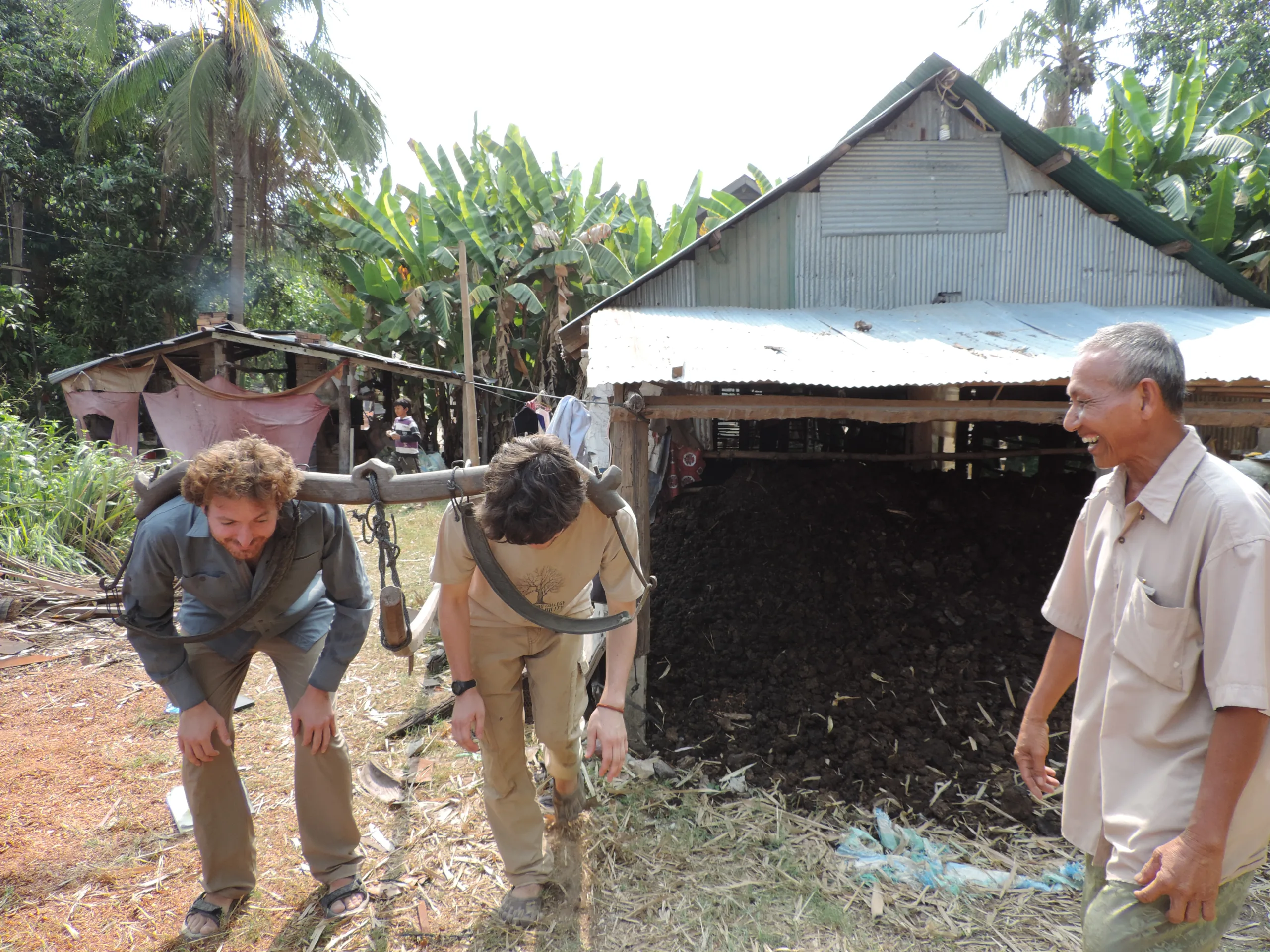
In this village, like so many others in the area, the younger generation mostly works in Siem Reap city on construction sites and in guesthouses, while the elders tend and keep the farms and the fields. These attempts to diversify livelihood helps counter the decreasing natural resource base around urban Siem Reap, but the village chief still regrets the loss of the forest that once surrounded their traditional village.
This evening the students will be counting flying foxes at the Royal Gardens under the guidance of Dr. Neil Furey, a bat specialist associated with Flora and Fauna International, and then our finals week begins.
Related Posts
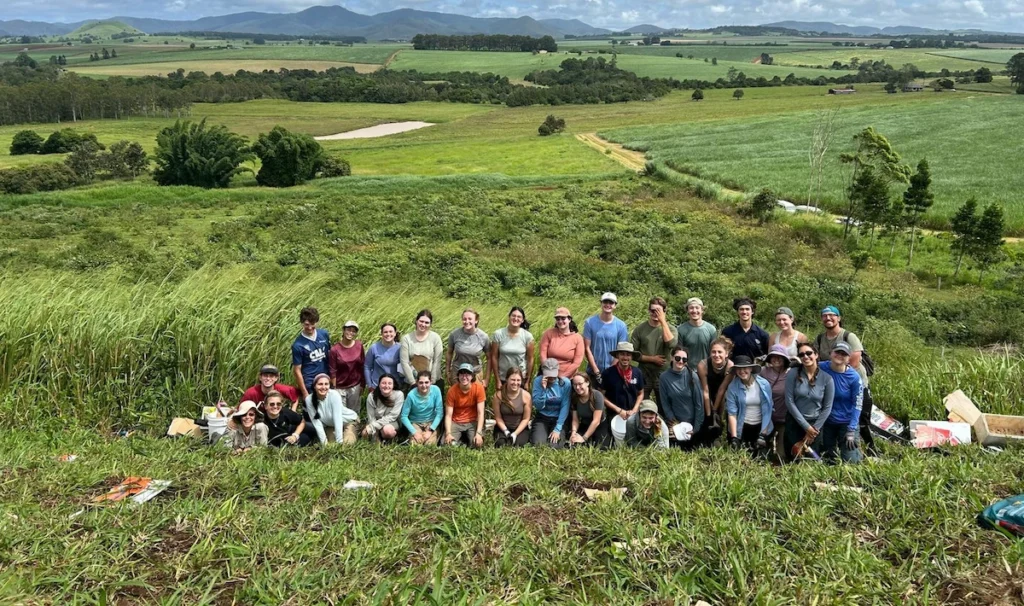
Cinder Cone Chronicles: Lessons from Drought, Data, and Determination
